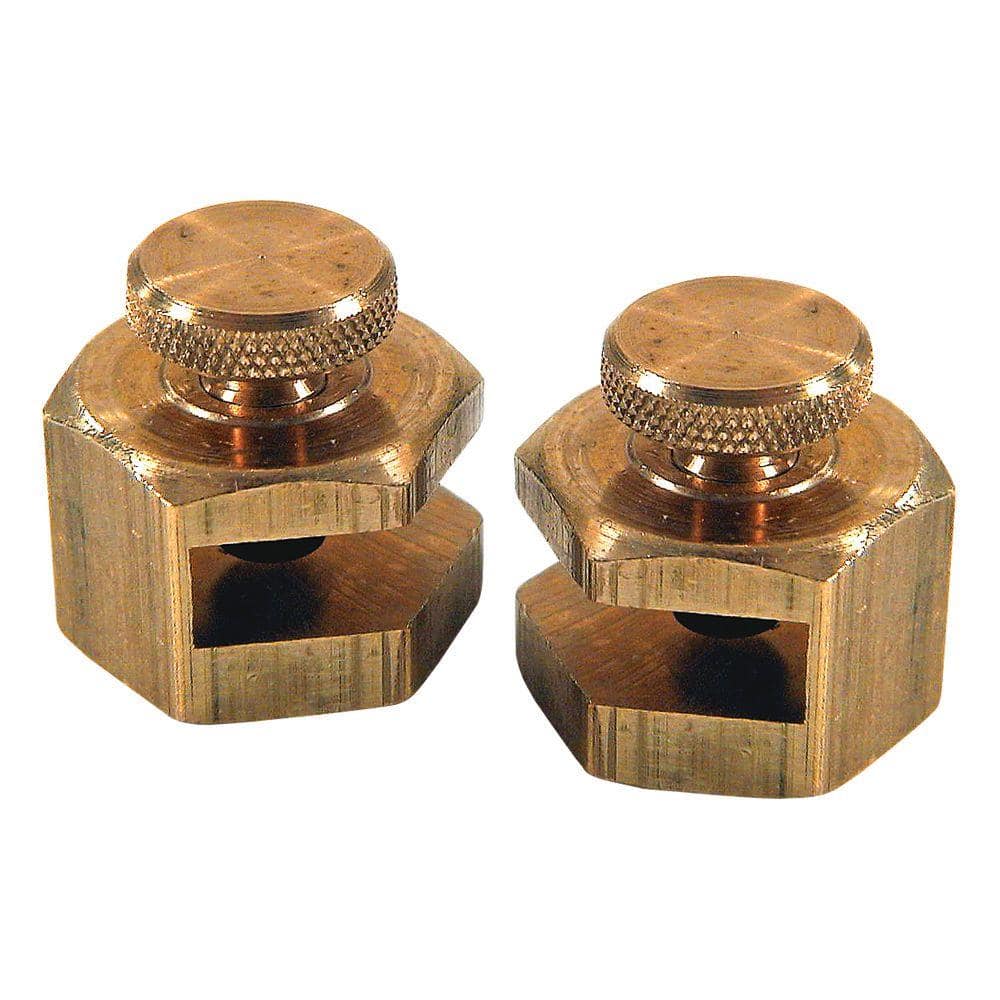bwehman
Member
- Joined
- Mar 21, 2016
- Messages
- 372
Hey all!
I'm working on a refrigerator cabinet enclosure and wondering if there's a crafty way of making a repeatable cross cut using a TS55 without an MFT. I have the new angle stop and extension and love it, and aside from this issue, feel like it erased the need for an MFT.
B
I'm working on a refrigerator cabinet enclosure and wondering if there's a crafty way of making a repeatable cross cut using a TS55 without an MFT. I have the new angle stop and extension and love it, and aside from this issue, feel like it erased the need for an MFT.
B

